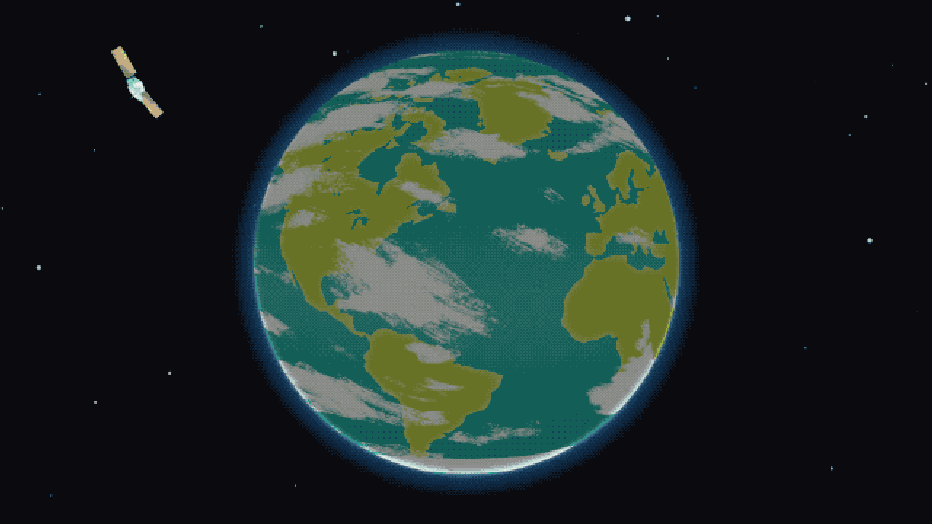3 rockets launch during eclipse in Virginia
What's Up on the Web: Tracking the 2024 solar eclipse
Don't worry if you missed the eclipse, you can find livestreams, videos and photos all on fox5dc.com! Our Elissa Salamy has details on where to find the latest information.
WALLOPS ISLAND, Va. - It's a bird, it's a plane, no, it's a rocket blasting off during a super-rare solar eclipse.
On Monday, April 8, NASA plans to launch three sounding rockets into the Earth's upper atmosphere while the moon partially veils the sun's luminous disk.
The Atmospheric Perturbations around Eclipse Path sounding rockets will blast off from NASA's Wallops Flight Facility in Virginia, just so scientists can study the disturbances in the ionosphere when the moon eclipses the sun.
There will be three different launch times: 45 minutes before the peak eclipse, during, and 45 minutes after. NASA states that the different intervals are pivotal for collecting data on how the sun's sudden disappearance affects the ionosphere — which the space agency says could potentially interfere with our communications on Earth.
"Understanding the ionosphere and developing models to help us predict disturbances is crucial to making sure our increasingly communication-dependent world operates smoothly," said Aroh Barjatya, a professor of engineering physics at Florida’s Embry-Riddle Aeronautical University campus.

An animation depicts changes in the ionosphere over a 24-hour period. The red and yellow swaths represent high-density ionized particles during the day. The purple dots represent neutral, relaxed particles at night.NASA/Krystofer Kim
The ionosphere is between 55 and 400 miles above the ground and is essentially where Earth’s atmosphere meets space.
Many Earth-orbiting satellites call the region home, and according to NASA, radio and GPS signals need to bounce off the ionosphere to reach their destinations.
Projections show the APEP rockets are expected to reach a maximum altitude of 260 miles. Each rocket will measure charged and neutral particle density and surrounding electric and magnetic fields.
"Each rocket will eject four secondary instruments the size of a two-liter soda bottle that also measure the same data points, so it's similar to results from fifteen rockets, while only launching three," Barjatya explained.
Featured
Skydivers to take plunge during total solar eclipse for unprecedented view
A group of thrill-seeking skydivers is gearing up for an extraordinary experience during the upcoming total solar eclipse on April 8.
The crew is capitalizing on this solar eclipse, because the next one is not until 2044.
The public can watch the launches in person from 1-4 p.m. at the NASA Wallops Flight Facility Visitor Center. It will also be visible from Chincoteague Island, Assateague Island, Ocean City, Virginia Beach, and the Delaware Seashore.
Watch the livestream of the APEP launch below:
FOX Weather contributed to this report.


